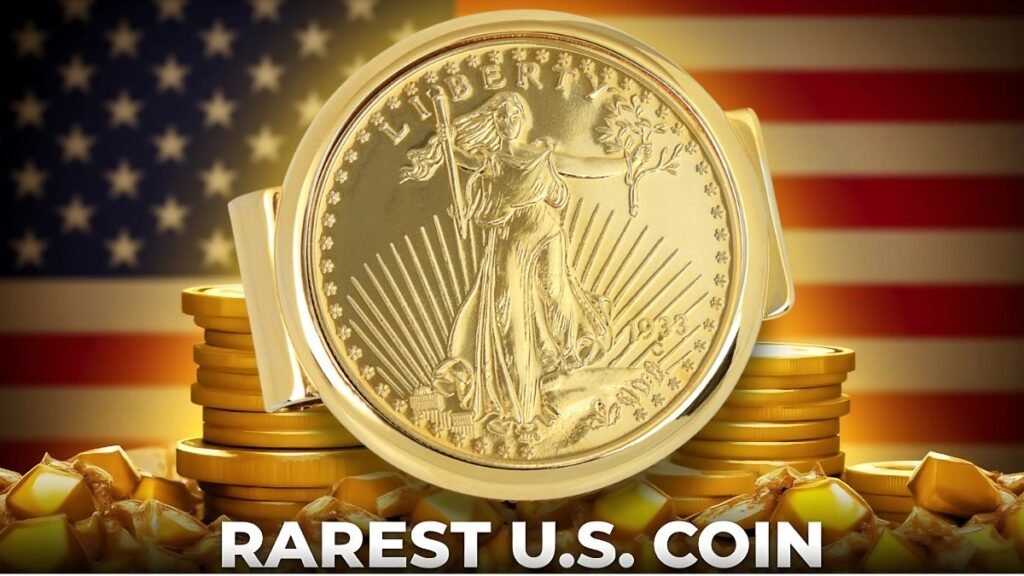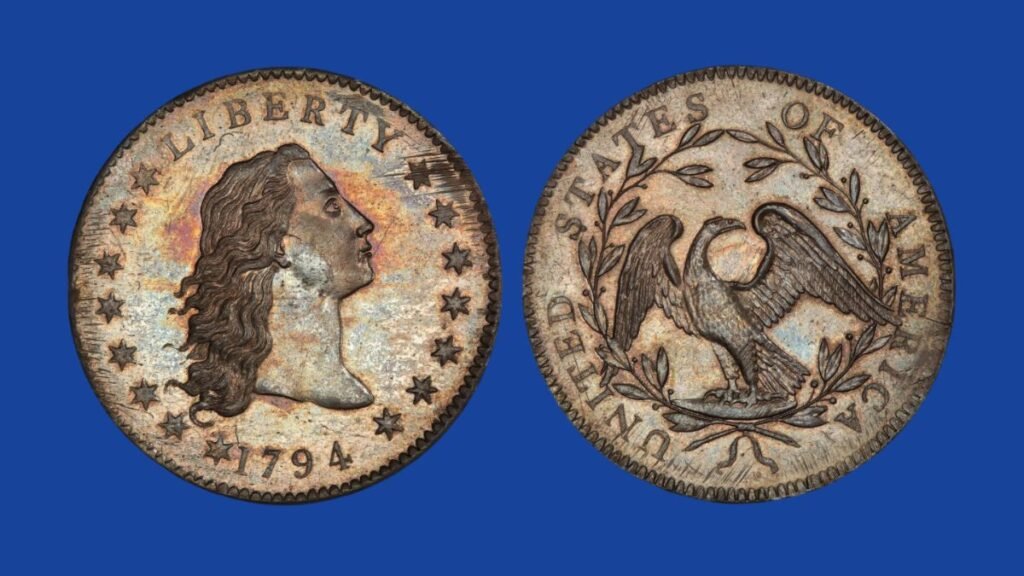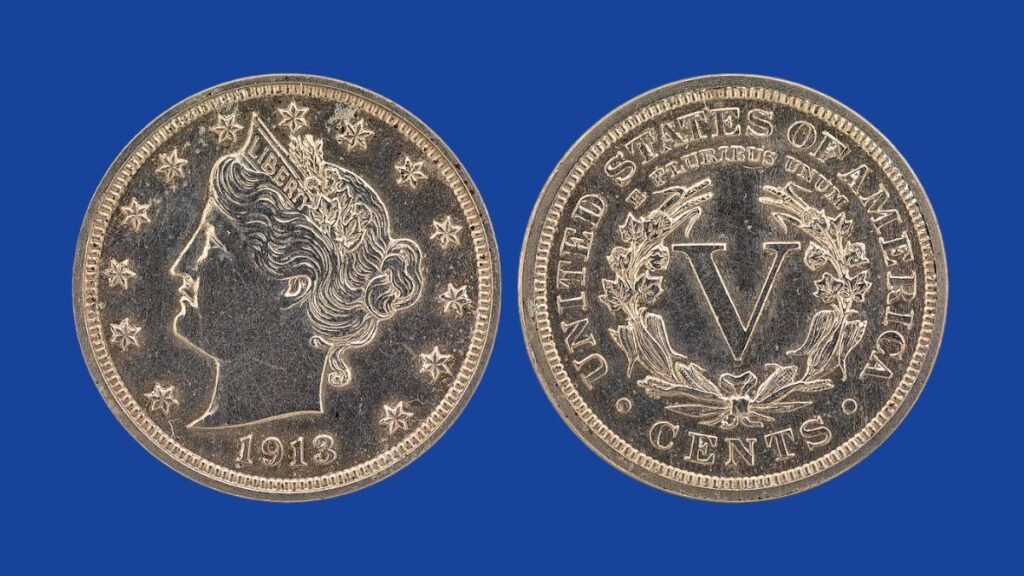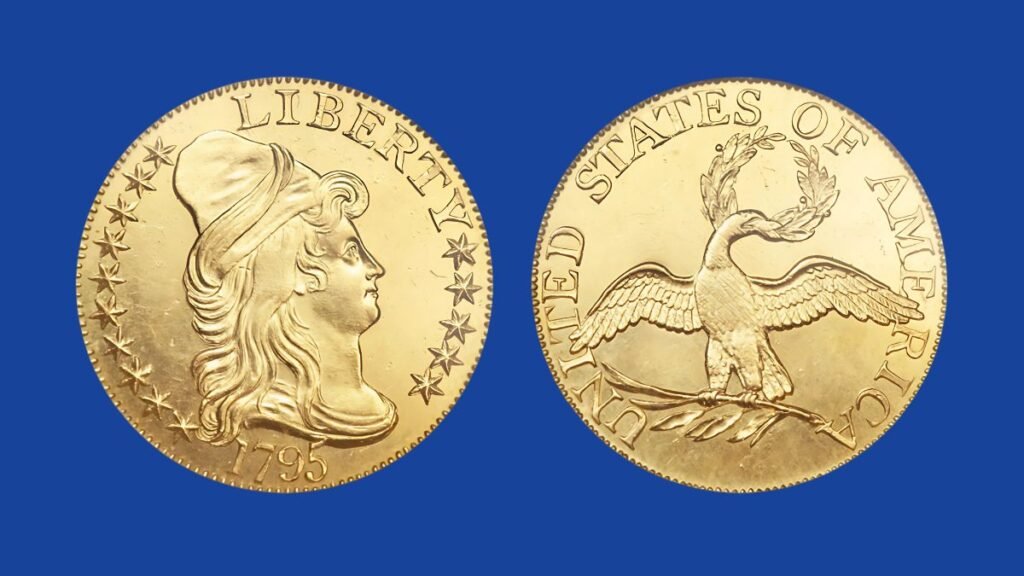Coin collection serves as a historical exploration that unlocks unique opportunities to generate financial profits. The rare nature of coins leads to their high desirability in the numismatic world because they possess historical significance, scarce distribution and outstanding artistic qualities. These coins have achieved millions of dollars in value that drives both collectors and investors toward them. The following section focuses on auditing the most prosperous and precious coins which were minted.
Saint-Gaudens Double Eagle (1933)

People consider the 1933 Saint-Gaudens Double Eagle to be one of the most attractive coin creations ever produced by the U.S. The gold recall ordered by President Franklin D. Roosevelt caused the destruction of almost all the pieces struck in large numbers. The confiscation processes abolished most 1804 dollars so that this coin now stands as an extremely elusive piece. In auction sales several specimens of these coins have exceeded $7.59 million.
Flowing Hair Dollar (1794)

The Flowing Hair Dollar represents the inaugural silver-dollar issue rendered by the United States government in 1794.
The United States minted this coin to establish its money system which now holds great value because of its historical importance and difficult availability. The 1794 specimen achieved a historic auction dollar amount when it reached $10 million.
Brasher Doubloon (1787)

Handcrafted by goldsmith Ephraim Brasher, the Brasher Doubloon stands as a masterpiece of early American coinage. This coin stands out among others because of both its artistic value and its extreme rarity. Experts confirm the top value at $9.36 million for this coin within recent sales activities.
Liberty Head Nickel (1913)

The 1913 Liberty Head Nickel is surrounded by mystery, as it was minted without official authorization. Only five examples are known to exist, making it a legend in numismatic circles. Its rarity has driven its value to $5.26 million, with collectors fascinated by its story.
Silver Dollar Class I (1804 Draped Bust Dollar)

Often referred to as the “King of Coins,” the 1804 Draped Bust Dollar is famous for its inclusion in diplomatic gift sets. Although not minted in its stated year, its historical association and extremely limited production make it a prized collector’s item. Its value reaches up to $4.14 million.
Trade Dollar Proof (1885)

The 1885 Trade Dollar Proof is a coin of distinction due to its low mintage of only five specimens. As one of the last coins in its series, it remains a centerpiece in elite collections. It commands a value of $3.96 million, underscoring its importance to numismatists.
Gold Eagle (1795)

The 1795 Gold Eagle marks an era when the fledgling U.S. Mint began producing gold coins. Its rarity and elegant design make it a cornerstone of early American coinage. With an estimated value of $2.75 million, this coin continues to captivate collectors.
Table of Rare Coins and Their Values
| Coin Name | Year of Minting | Estimated Value | Key Feature |
|---|---|---|---|
| Saint-Gaudens Double Eagle | 1933 | $7.59 Million | Most beautiful U.S. coin |
| Flowing Hair Dollar | 1794 | $10 Million | First U.S. silver dollar |
| Brasher Doubloon | 1787 | $9.36 Million | Goldsmith-crafted rarity |
| Liberty Head Nickel | 1913 | $5.26 Million | Unauthorized minting |
| Silver Dollar Class I | 1804 | $4.14 Million | Diplomatic gift association |
| Trade Dollar Proof | 1885 | $3.96 Million | Rare low mintage |
| Gold Eagle | 1795 | $2.75 Million | Early American gold coin |
Conclusion
Rare coins are more than just valuable objects; they are windows into the past, reflecting the artistry, politics, and economy of their eras. Owning these treasures connects collectors to history, elevating numismatics to a form of storytelling. Whether you’re an investor or a history enthusiast, these coins represent the pinnacle of what collecting has to offer.
FAQs
Q1. Why are some coins so valuable?
A1. The value of rare coins often stems from their scarcity, historical significance, unique design, and demand among collectors.
Q2. How can I start collecting rare coins?
A2. Begin by researching numismatics and starting with affordable coins. Consult experts, join collector groups, and buy from reputable dealers.
Q3. What is the most expensive coin ever sold?
A3. The 1794 Flowing Hair Dollar holds the record for the highest auction price, selling for $10 million.


